by Ana Gotter • August 13, 2018
Let’s Get Specific: How to Create Market Segmentation That Works
Close your eyes and picture ten different friends. Think about your relationship with them. There’s a good chance that you have slightly different relationships with each friend, even if you’ve known them all for years. One might be the serious one who you like to talk business with—another might be flaky, but great fun to chat with when they’re in town. These friendships may serve different needs.
Your customers will all have slightly different relationships with your business based on a number of factors. They may choose your product for different reasons, use it in different ways, or have different loyalties to the product. It only makes sense, therefore, that your messaging, marketing, and ad copy will be most effective when you’re able to connect with the specific audience segments and how they relate to your brand.
This is where market segmentation (which is sometimes also called “audience segmentation”) comes into play. In this post, we’re going to take a close look at market segmentation, how to use it to improve your campaigns, and six different segmentation strategies you can use for best results.
What is Market Segmentation and Why Does It Matter?
Market segmentation is the practice of breaking down your audience into distinct groups based on certain characteristics. If you’ve ever created a campaign specifically for a cold audience and one for warmer leads, for example, you’e already using one type of market segmentation.
By categorizing your audience into separate distinct groups based on shared characteristics, you’ll be able to create marketing campaigns that are relevant and interesting to them. And when the ad copy is relevant, it will resonate with them more, increasing the likelihood that they click and buy.
Let’s say that your business sells a wide range of sports and exercise equipment. Someone who is interested in a boxing bag and gloves might be interested in yoga, or, running, or swimming, or dance equipment, but they might not. Creating campaigns to target users interested in each type of exercise program would likely get you better results than just crossing your fingers and hoping to connect. If someone is a hardcore yogi, for example, they may be turned away from your brand if they think that all you sell is wrestling gear.
6 Different Market Segmentation Strategies
When you’re choosing market segmentation strategies to apply to your campaigns, there are a number of different strategies you can choose from. You can get really creative with it, but overall, there are really six main types of audience segmentation that almost all strategies will fall underneath.
It’s important to note that when creating campaigns, you can appeal to multiple audience segments in one campaign. Instead of targeting just Millennials, for example, you can target Millennial women who like hiking. As long as your segments don’t get so specific that you audience is too niched and small to really connect with enough people, this can actually be a great strategy.
It’s also worth pointing out that the effectiveness of different audience segments will vary among different businesses. This is particularly important for B2B businesses, who will often have better luck targeting based on job title or industry worked in instead of by general demographic information.
Here are the six main types of market segments and how to use them.
1. Segmentation by Location
Creating content for users in certain locations is a popular strategy. This can include targeting people who live in a certain area, are visiting a certain area, or are currently in a select radius that you’ve set. Google Ads and Facebook Ads both have these options available.
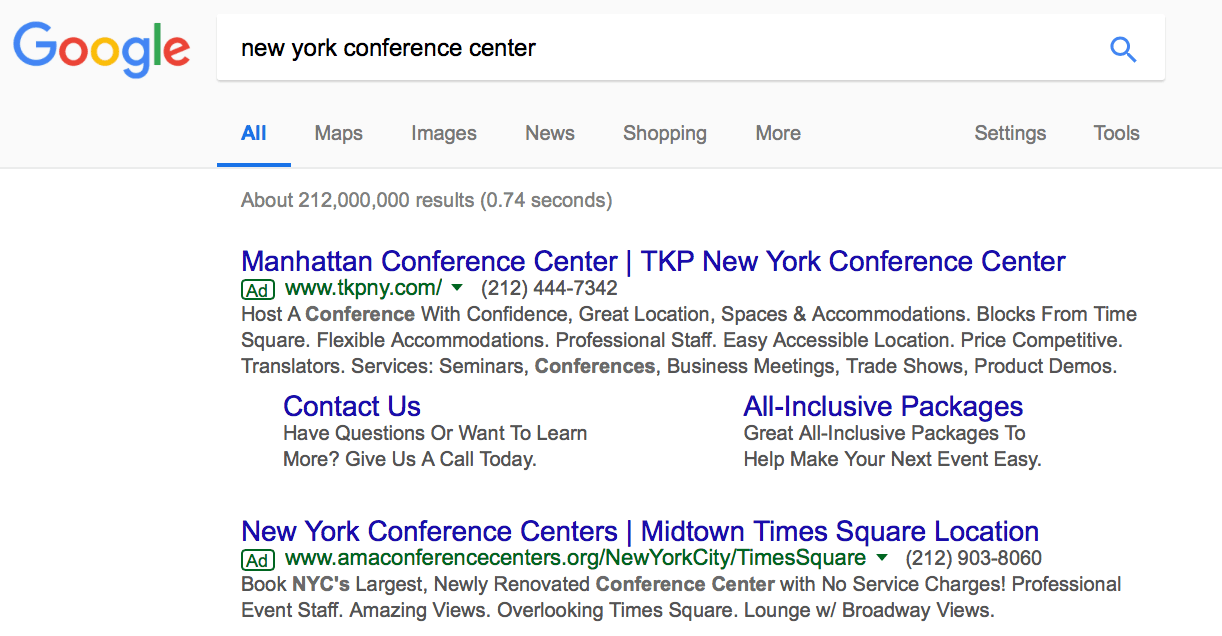
There are several different ways you can use location segmentation to your advantage. This includes:
- Using location-specific dialect in the copy (like “soda” in the South or “pop” in the Northeast). This is particularly important for search ads, where users’ searches need to match your keywords.
- Showing offers or events (including grand openings) that are only available to users near certain in-store locations. By doing this, you can prevent users from seeing irrelevant ads or offers and getting frustrated they’re not for them.
- Only showing ad content to users who live within accessible range for your services or shipping. Again, no point in advertising to customers who literally can’t purchase from you or hire you even if they want to.
2. Segmentation by Demographics
Demographics that you can target include age, gender, nationality, household size, relationship status, education completed, and more. Facebook Ads in particular has exceptional demographic targeting that actually allows you to only show your ads to these individuals. That being said, you can still write ad campaigns based on target keywords you think your audience segments will be most likely to search for.
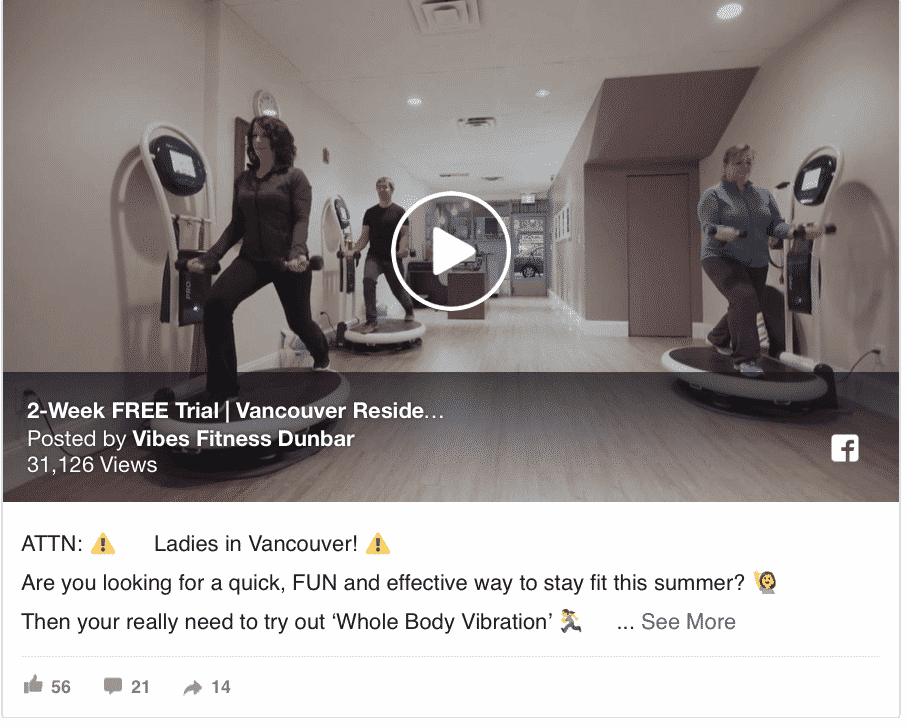
Demographic targeting is often used in conjunction with other audience segments for many campaigns, though it can be used alone.
One thing that I always remind clients, though, is that you need to be careful with demographic targeting. Some businesses will end up relying on stereotypes when focusing on demographics, and stereotypes are always superficial. At best, they’re often ineffective and at worst they can be offensive, so make sure you avoid that trap when using this type of market segmentation.
3. Segmentation by Interest
Market segments will often have different types of interests and behaviors that you can use to better understand and relate to them.
I once saw an ad for a chiropractor, for example, that heavily referenced The Walking Dead to hilarious effect. The joke was not lost on me, and I actually checked out their site. It’s unlikely that they ran the campaign to older populations who may not be familiar with the show or up to date on pop culture references.
You’ll see a lot of ads and email campaigns come rolling out with phrases like “Winter is Coming” and “Don’t be like Jon Snow, who knows nothing” when Game of Thrones time comes around.
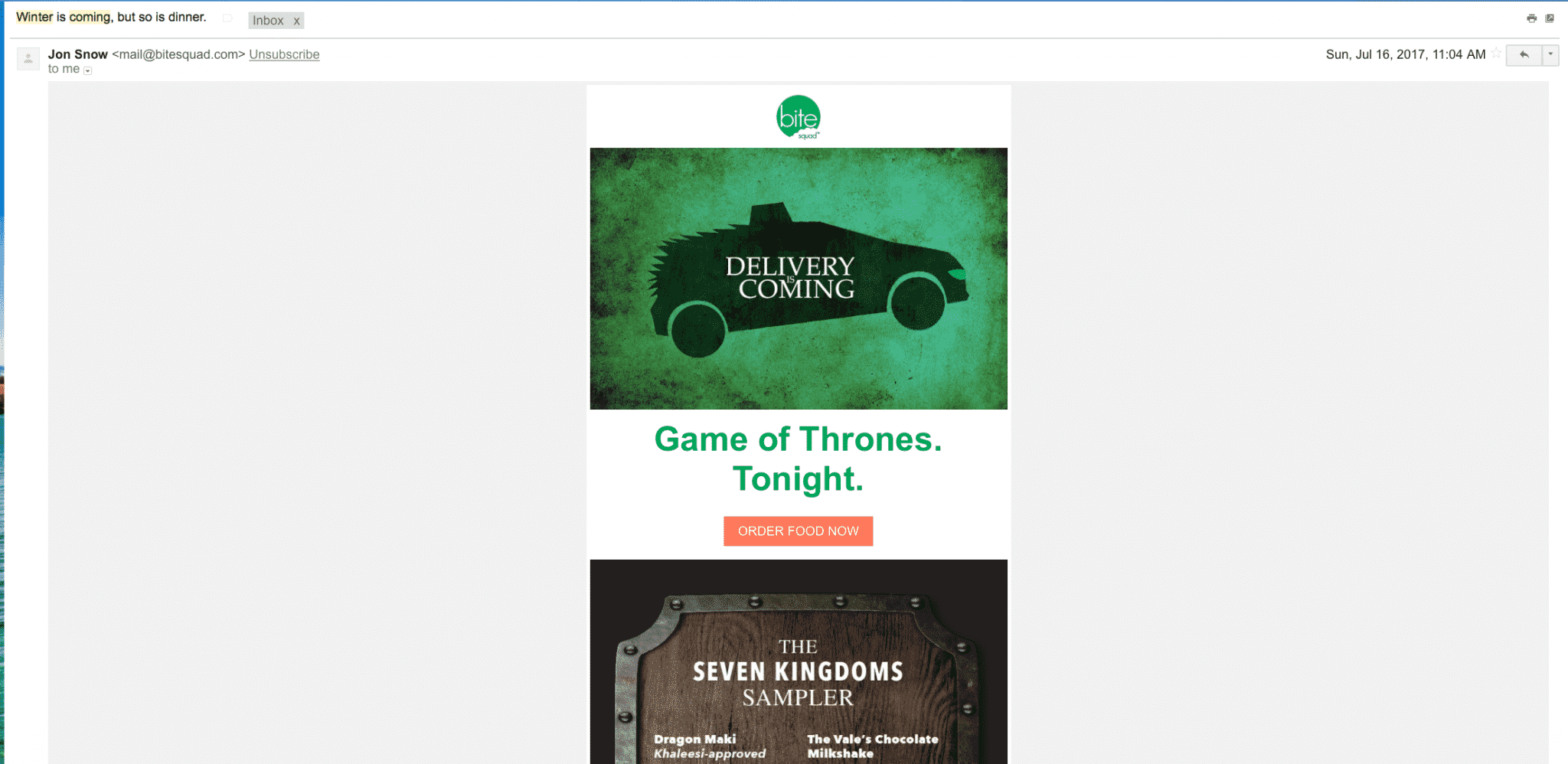
Most display ads (aka non-search ads, like Facebook and Google AdSense) have exceptional interest targeting. You can use this to your advantage, particularly of the copywriting.
4. Segmentation by Product Use Case or Pain Points
We talked earlier about how friends will sometimes serve different needs and offer unique types of relationships. Similarly, your audience as a whole will often feature groups of different people who may use your product in different ways or for different reasons.
A classic example is social media software. A small business may use it to try to make managing social engagement a little easier, while an agency or marketer would use it to make the process of managing multiple accounts much easier for a team. Same product, but two very different use cases and reasons for needing the product.
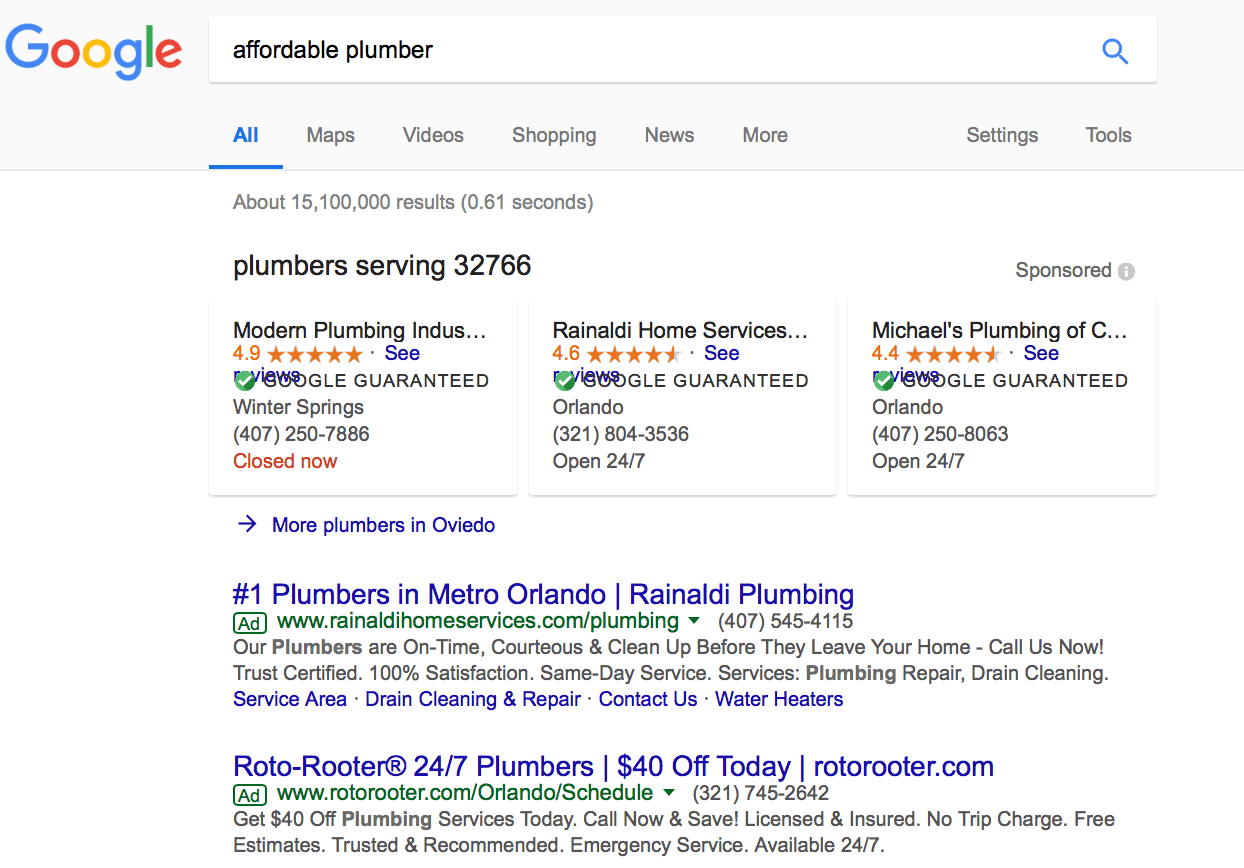
Product use case and pain points often overlap, so if you’re able to create marketing content that accurately targets the right users here, you’ll likely have a successful campaign on your hands. Look for trends in the different audiences and how they use the product or what pain points they have, and you’ll be able to create stronger campaigns.
5. Segmentation by Relationship With the Business
Retargeting is so exceptionally powerful for a reason. Did you know that only 2% of users who visit an online store will actually purchase the first time they do? They need to be brought back to the site. This is why targeting cold traffic has an average CTR rate of .07%, while retargeting campaigns have a CTR of .7%. That’s a 10x difference!
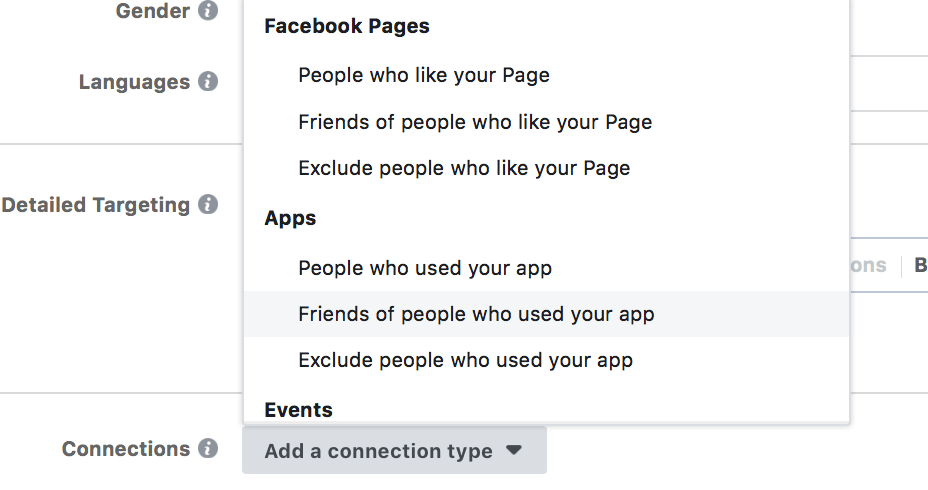
Creating campaigns that take your relationship with specific audience members into consideration is an excellent way to go.
If you’re targeting cold traffic, create campaigns designed to build brand awareness and quickly establish value up front. If you’re retargeting, you can get more specific and try to encourage lead generation with sign-ups or discount offers for a first purchase. You can also use website retargeting to show ads to users who have abandoned their cart or viewed a certain product but didn’t purchase.
You can use retargeting campaigns to target users who have interacted with your business in a specific way, so don’t forget to take advantage of this.
6. Segmentation By Lifestyle
Lifestyle segmentation may have some overlap with general demographic data, but the key here is to look for characteristics that affect how someone lives. Things like job title, family structure (parents vs. non-parents), income level and job industry are all good examples of information that can absolutely affect lifestyle. And lifestyle will affect how someone will interact with your brand and product.
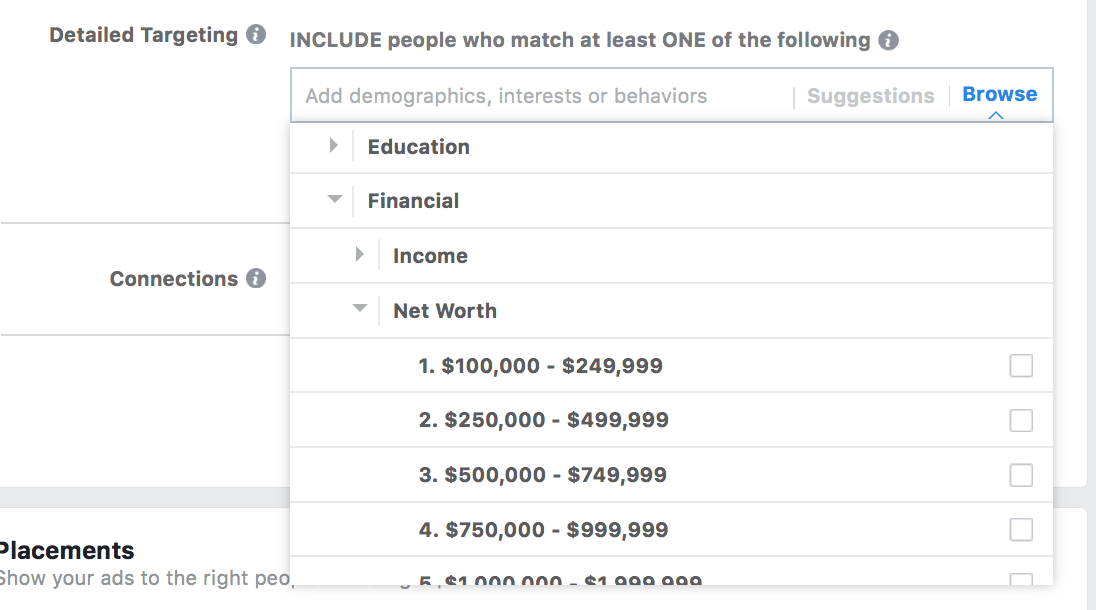
Someone who makes $30,000 a year will need your product to be affordable, while someone who makes $300,000 a year is likely going to be more concerned with getting the best possible product, period. Taking lifestyle into consideration and writing ads that incorporate that will help you write ads that really understand your audience and their motivation, and focus on pain points or benefits that will most appeal to them.
Conclusion
Audience segmentation is the key to creating highly targeted campaigns that will resonate most with the specific audience members seeing it. The more relevant your campaigns are, the more results you’ll get, and the more your audience will be able to see how you can help them specifically. A key part of market segmentation, of course, will be a firm understanding of your exact audience, so keep that in mind and you’ll on your way to choosing the segments that will most help you in your campaigns.
Want some help setting up marketing segmentation for your PPC campaigns? We can help with that! Get in touch with us here.
What do you think? Do you use market segmentation to improve the results of your marketing campaigns? Which types of market segmentation have you found to be most effective for your business? Let us know in the comments below!





